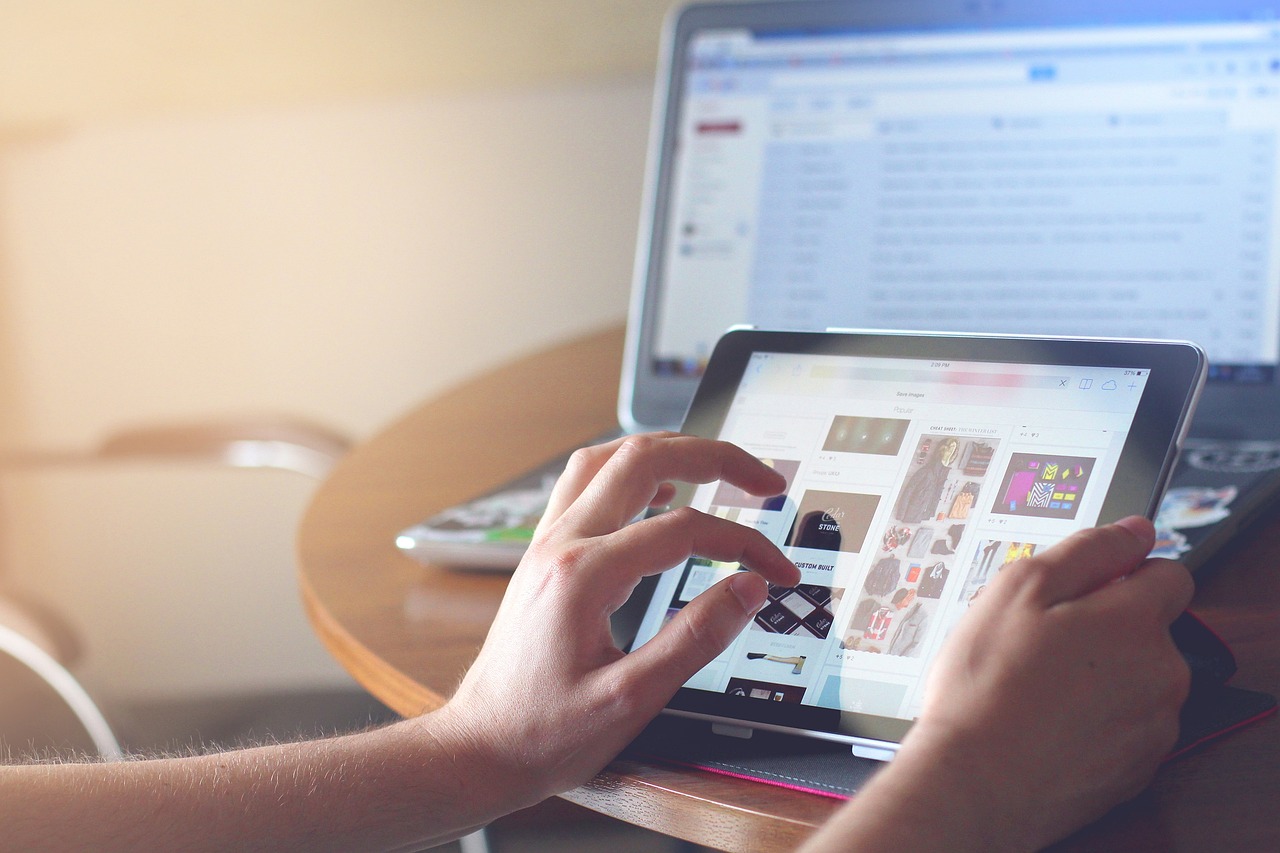In an era dominated by smartphones, social media, and constant connectivity, the need for a digital detox has never been more urgent. The pervasive influence of technology on our lives has transformed the way we communicate, work, and socialize. While these advancements bring numerous benefits, they also bring with them the potential for addiction, stress, and a loss of genuine human connection. In the quest for balance, a digital detox emerges as a powerful solution to reclaim control over our lives and well-being.
The Digital Deluge
Our lives have become inundated with notifications, messages, and the pressure to be constantly available. The digital landscape has infiltrated every aspect of our lives, blurring the lines between work and personal time. The constant barrage of information has led to a phenomenon known as “technostress,” where the demands of technology contribute to heightened levels of stress and anxiety.
The Art of Unplugging
A digital detox involves consciously and temporarily disconnecting from digital devices and online activities. This intentional break allows individuals to step back, reassess their relationship with technology, and rediscover the world beyond screens. Unplugging doesn’t mean complete abandonment of technology but rather a mindful and purposeful disengagement.
Benefits of a Digital Detox
- Mental Clarity: Constant exposure to digital stimuli can lead to cognitive overload. A digital detox provides a mental reset, allowing for improved focus, concentration, and overall mental well-being.
- Enhanced Productivity: Unplugging from digital distractions can significantly boost productivity. Without the constant interruptions of notifications, individuals can engage in deep, uninterrupted work, leading to more efficient outcomes.
- Improved Sleep: The blue light emitted by screens can disrupt sleep patterns. A digital detox, especially before bedtime, can contribute to better sleep quality and overall sleep hygiene.
- Strengthened Relationships: Excessive screen time can strain real-world relationships. A digital detox encourages face-to-face interactions, fostering genuine connections and meaningful conversations.
- Increased Awareness: Stepping away from the digital realm allows individuals to become more aware of their surroundings, fostering mindfulness and a greater appreciation for the present moment.
Practical Tips for a Successful Digital Detox
- Set Boundaries: Establish specific time periods or locations where digital devices are off-limits. Create designated “tech-free zones” in your home or office.
- Inform Contacts: Let friends, family, and colleagues know about your digital detox in advance, ensuring they are aware of your limited availability during that time.
- Explore Analog Activities: Rediscover hobbies and activities that don’t involve screens, such as reading physical books, practicing art, or spending time in nature.
- Use Apps to Help Detox: Ironically, there are apps designed to help you with your digital detox. They can limit your usage, block distracting apps, and provide insights into your digital habits.
- Plan Real-world Activities: Schedule activities that require your full attention and physical presence, like attending events, participating in sports, or enjoying outdoor adventures.
The Path to Sustainable Tech Habits
While a digital detox provides a refreshing break, it’s essential to develop sustainable tech habits for the long term. Striking a balance between the benefits of technology and the need for genuine human connection is key. By periodically disconnecting and embracing the world beyond screens, individuals can reclaim their lives and foster a healthier relationship with technology in the age of digital dominance.
